Drones take up commercial airspace, yet are small enough to buzz past us while we are standing in our own backyards and driveways.
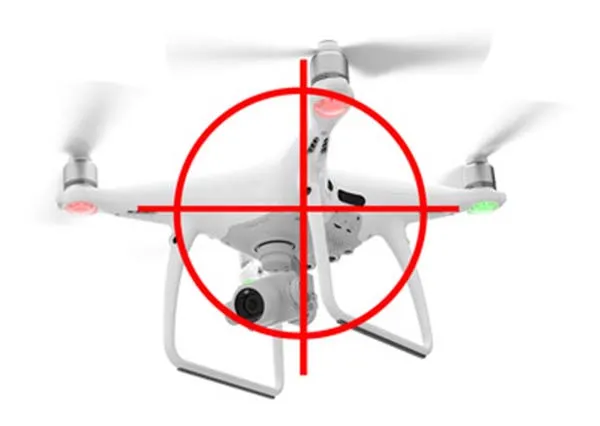
Those concerns lie with privacy and public nuisance
From catastrophe response to news-gathering to construction-site monitoring, commercial drones represent one of the fastest-growing sectors in technology.
There are a wide variety of UAV shapes, sizes, configurations, and characteristics. Commercial or civilian drones are of special concern. Most drones have high-resolution cameras that can invade your privacy. They can capture images of you and your personal property.
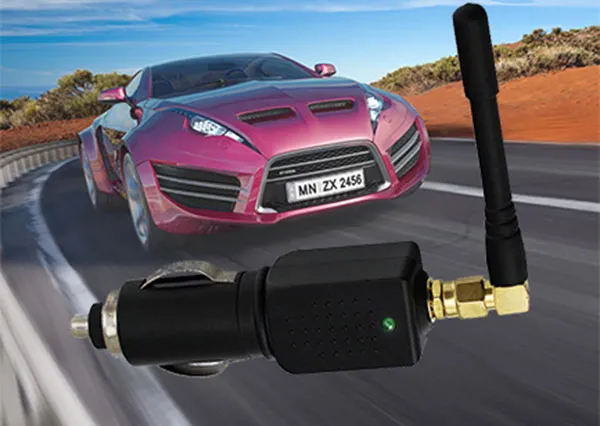
People also use drones to smuggle drugs. Or they use them to crash into buildings or act as a remote “peeping Tom.” They can cause harm when carrying a payload of explosives or artillery.
Jammers gps are also called signal blockers. They are devices that block radio communications signals. A pilot on the ground remote-controls an Unmanned Aerial Vehicles. Therefore, blocking the radio signal renders a UAV useless. The drone will either fall to the ground or land, depending on its programming.
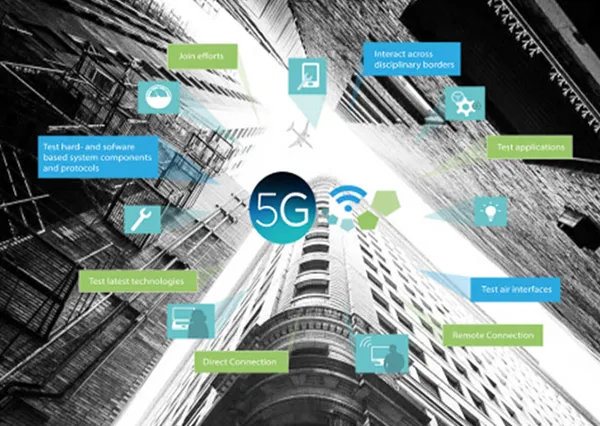
- When locked onto a drone, the drone jammer disrupts the GPS and radio signals guiding it. It is effective from up to 400 meters away. This makes it a long-range weapon.
- The cheaper, less complex drones will simply fall to the ground when hit by the jammer.
- Others will revert to a fallback mode, such as return home or hover to the ground. The advantage is that no collateral damage results from the drone falling from the sky. Further, the jammer would not destroy the drone itself.
The proliferation of drones in commercial airspace has raised significant concerns regarding privacy and public nuisance. While drones have diverse applications, ranging from catastrophe response to construction-site monitoring, they also pose potential threats to individuals' privacy and safety.

Commercial drones come in various shapes, sizes, and configurations, with many equipped with high-resolution cameras capable of capturing detailed images of individuals and their personal property. This capability raises concerns about privacy invasion and unauthorized surveillance. Moreover, drones have been misused for illicit activities such as drug smuggling or acting as a "peeping Tom," further exacerbating privacy and security concerns.
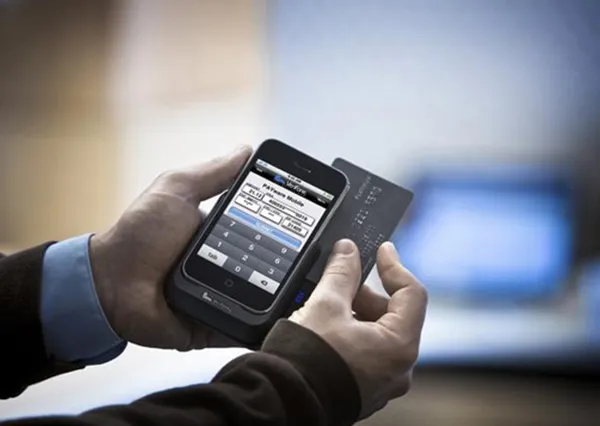
To mitigate the risks posed by drones, particularly in sensitive areas or events, the use of drone jammers, also known as signal blockers, has become increasingly common. These devices work by blocking radio communications signals, effectively disrupting the GPS and radio signals that guide drones. As a result, the drone becomes unresponsive to commands from the ground pilot and may either fall to the ground or enter a fallback mode, such as returning to its home point or hovering in place.
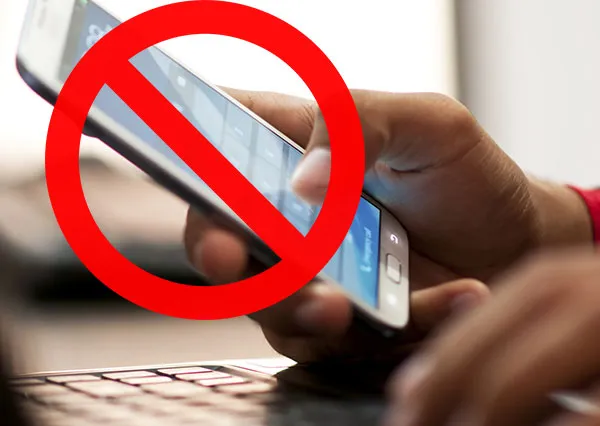
drone signal jammer are effective from a considerable distance, with some models capable of disrupting signals from drones up to 400 meters away. While cheaper and less complex drones may simply fall to the ground when hit by the jammer, more advanced models may exhibit fallback behaviors to minimize damage and ensure safety. Importantly, the use of drone jammers offers a non-destructive means of neutralizing drones, as they do not cause collateral damage or destroy the drone itself.

In summary, the growing use of drones in commercial airspace necessitates measures to address privacy and security concerns. Drone jammers provide a viable solution for mitigating the risks posed by unauthorized or malicious drone activity, helping to ensure the safety and privacy of individuals and property.







